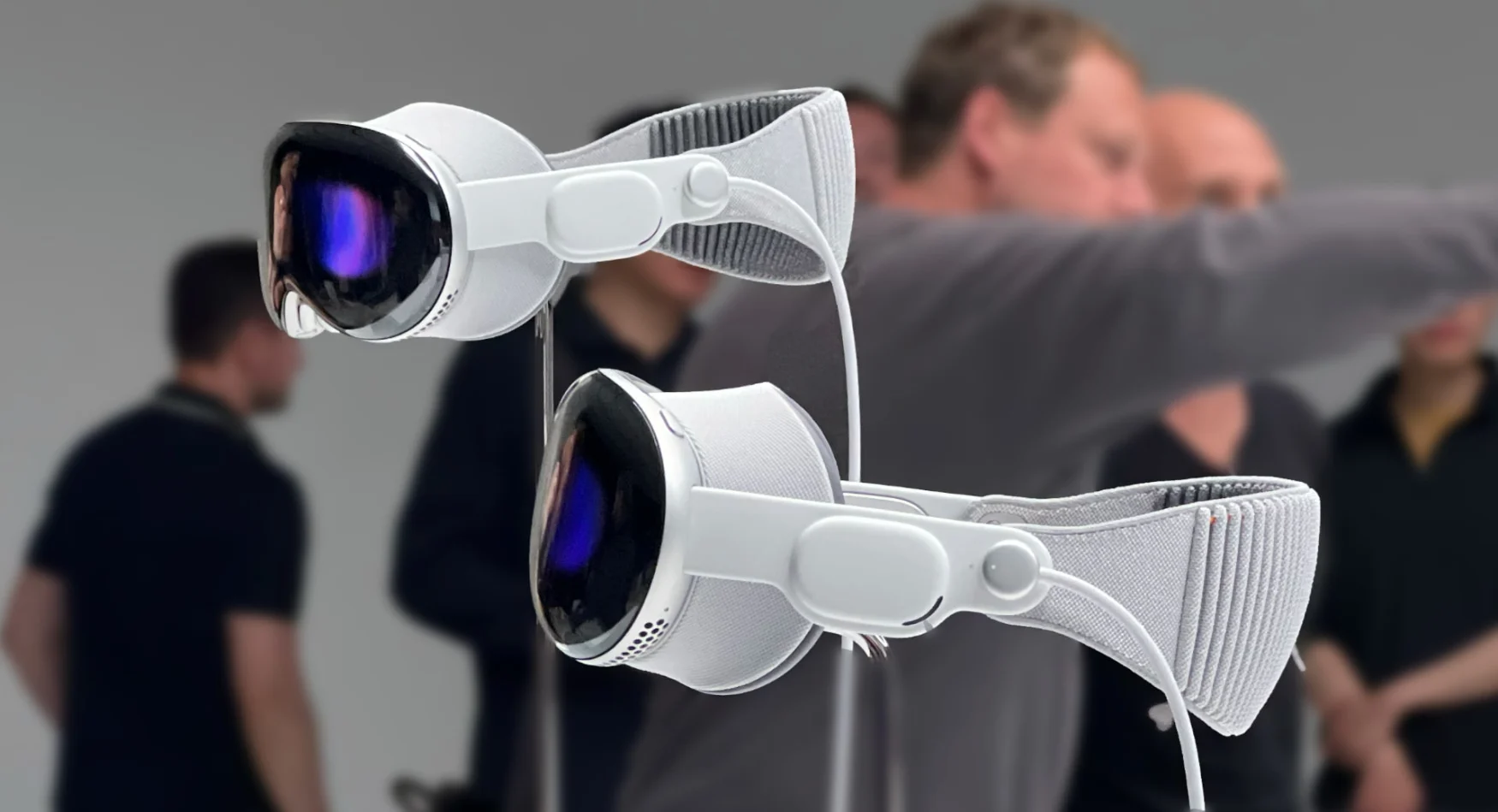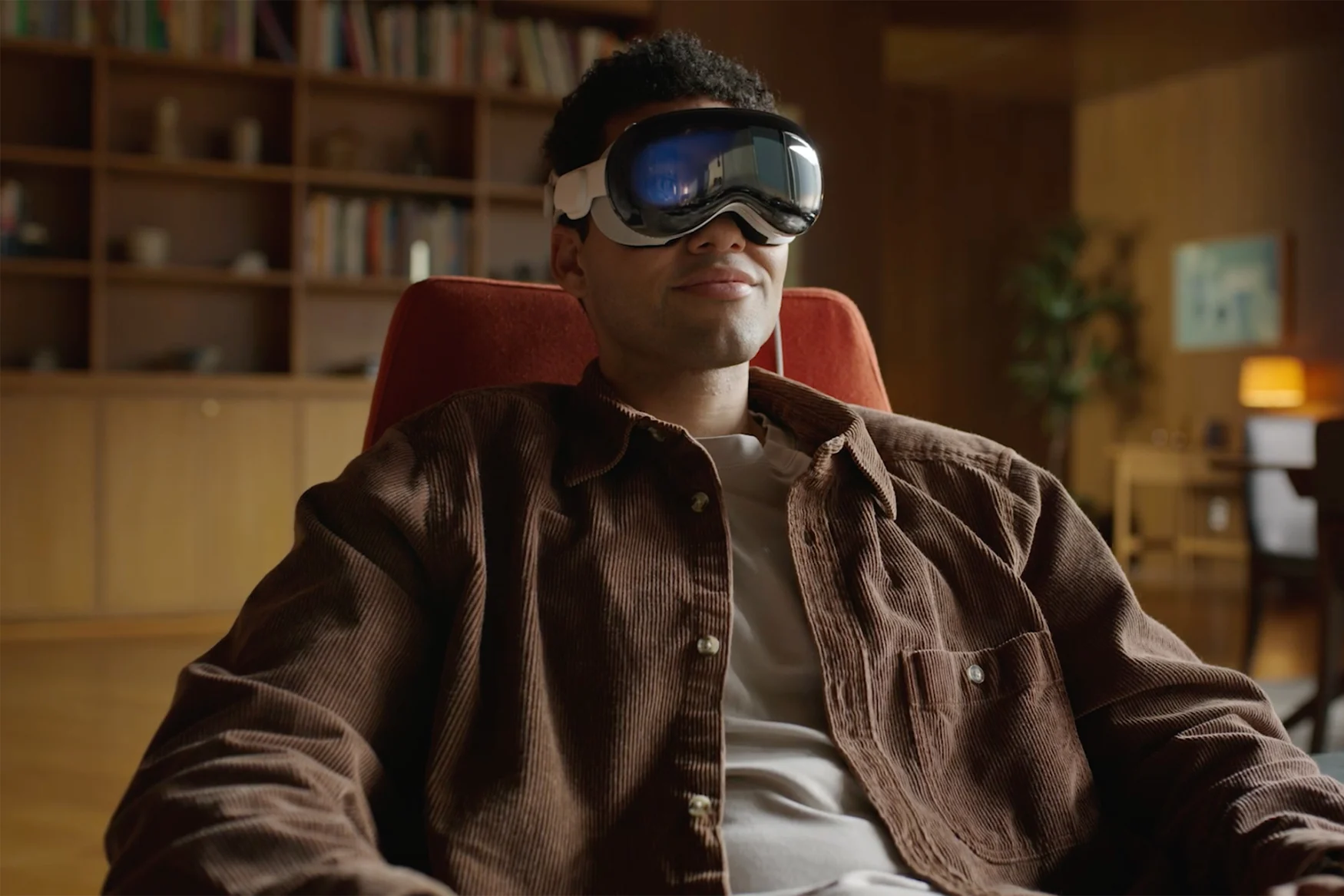Apple’s pitch for the Vision Pro couldn’t be more different than the Meta Quest
It’s easy to groan when Apple describes the Vision Pro as a “spatial computer.” Isn’t it just a high-end mixed reality headset? To a degree, yes. You can play games, create content and be productive on a much cheaper device like the $299 Meta Quest 2. And if you’re a professional who needs to get serious work done, wearables like the Quest Pro and Microsoft’s HoloLens 2 can already handle some of those duties. There’s not much point to buying Apple’s offering if you just want a refinement of the status quo.
However, it would be wrong to say that the Vision Pro is just a faster, prettier version of what you’ve seen before. In many ways, Apple’s headset concept is the polar opposite of Meta’s — it’s building a general computing platform that encompasses many experiences, where Meta mostly sees its hardware as a vehicle for the metaverse. And Microsoft’s HoloLens is courting a completely different audience with different needs. So, Apple already stands out from the herd simply by embracing a different mixed reality philosophy.
Software: A complete platform

The mixed reality headsets you’ve seen to date, including Meta’s, have typically centered around hop in, hop out experiences. That is, you don the headgear to accomplish one thing and leave as soon as it’s done. You’ll strap in to play a round of Beat Saber, meet your friends in Horizon Worlds or preview your company’s latest product design, but switch to your computer or phone for almost everything else.
That’s fine in many cases. You probably don’t want to play VR games for long periods, and you might rarely need an AR collaboration tool. But that also limits the incentive to buy a headset if it’s not for general use. And while Meta envisions Quest users spending much of their time in the metaverse, it hasn’t made a compelling argument for the concept. It’s still a novelty you enjoy for short stints before you return to Facebook or Instagram. You may come for a virtual party or meeting, but you’re not going to hang out for much longer. And that’s backed up by data: The Wall Street Journal reported last fall that most Horizon Worlds users don’t come back at all after the first month, and only nine percent of worlds have ever had more than 50 visitors.

Subscribe to the Engadget Deals Newsletter
Great deals on consumer electronics delivered straight to your inbox, curated by Engadget’s editorial team. See latest

Please enter a valid email address
Please select a newsletter
By subscribing, you are agreeing to Engadget’s Terms and Privacy Policy.
The interface is barebones, too. While there’s a degree of multitasking, Meta’s front-end is largely designed to run one app at a time. There’s not much flexibility for positioning and resizing your apps, and you can’t really run 2D and 3D programs side-by-side. This helps make the most of modest hardware (more on that later), but you aren’t about to replace an office PC with a Quest Pro.
Meanwhile, Apple’s VisionOS is precisely what it sounds like: a general-purpose operating system. It’s clearly designed for running multiple apps at once, with a sophisticated virtual desktop that can juggle 2D and 3D software placed throughout your physical space. It includes familiar apps like the Safari web browser, and it can run hundreds of thousands of iPad and iPhone titles. That’s critical — even if you rarely need mixed reality apps, you can still take advantage of a vast software library without connecting to a computer. Meta has just over 1,000 apps in its store, and while all of those are designed with headsets in mind, they just won’t cover as many use cases.
Even at this early stage, the Vision Pro offers a greater breadth of possibilities. Yes, you can watch videos, make video calls or access your computer like you would on other headsets, but you also have enhanced versions of key apps from your phone or tablet, like Messages and Photos. You can play conventional video games on a virtual display. And since you have an extra-sharp view of the outside world, it’s easier to interact with others than it has been with past wearables — during the keynote, Apple showed people talking to coworkers and friends. My colleague Devindra says the Vision Pro interface is Minority Report-like in its sheer power and ease of use, and that’s no small compliment given how that movie’s portrayal of holographic computing is considered a Holy Grail.
And before you ask: While Microsoft’s HoloLens could easily be seen as the parent of Vision Pro-style spatial computing, Apple isn’t just following the lead. Aging hardware notwithstanding (HoloLens 2 has been around since 2019), Microsoft’s headset and interface are aimed primarily at business customers who need specialized mixed reality apps and only occasionally dip into semi-conventional software like Teams. Apple’s platform is simply more comprehensive. It’s meant to be used by everyone, even if the initial device is best-suited to developers and pros.
Hardware: A computer on your head

The technology in mixed reality headsets like Meta’s Quest line is frequently optimized for battery life and light weight at the expense of performance. Their mobile-oriented chips aren’t usually powerful enough to handle multiple demanding apps or render photorealistic visuals, and even the Quest Pro’s Snapdragon XR2+ chip has its roots in the 865 that powered the three-year-old Galaxy S20. There are advantages to this (you wouldn’t want a heavy headset during a Supernatural workout), but there’s also no question that Meta, HTC and others are making deliberate tradeoffs.
If Meta’s mixed reality proposition revolves around lean, focused headsets that get you into the metaverse, Apple’s Vision Pro is a do-it-all machine. The M2 inside is a laptop-class chip that can easily run multiple apps at once with rich graphics, and the 4K per eye resolution ensures you won’t have to squint at a web browser or spreadsheet on a virtual desktop. It’s also one of the few headsets that can capture 3D photos and videos, although that’s admittedly a novelty at the moment.
Apple is also taking a very different approach to input than Meta, or even Microsoft. While eye and hand tracking aren’t new, Apple is relying on them exclusively for navigating the general interface. You only want to use physical controllers if you’re playing conventional games or prefer the speed of typing on a real keyboard. And unlike HoloLens, you don’t need to point or otherwise make conspicuous gestures. You just look at what you want and pinch your fingers to manipulate it, even if your hands are on your lap. The Vision Pro is meant to be intuitive and comfortable for extended periods, like a computer, even if that means giving up the conveniences of buttons and triggers.
A new strategy doesn’t solve everything, but it might help

This isn’t to say that Apple has addressed all of mixed reality’s problems just by taking a different approach. Headsets still create solitary, isolating experiences. While you could more realistically wear a Vision Pro all day than a Quest Pro due to the stronger app selection and higher-resolution display, you’re still putting a screen between yourself and the outside world. It’s heavier than you might like. Apple also hasn’t solved the too-short battery life that’s common in this category, so you won’t be free to roam during the workday.
The $3,499 price underscores one of the biggest challenges: It’s difficult to make technology that lives up to the promises of mixed reality while remaining accessible to everyday users. Apple may have found a way to put a fast, easy-to-use computer on your head, but it hasn’t figured out how to make that computer affordable. It’s a much riskier strategy than Meta’s in that regard. Meta is undoubtedly cost-conscious (it even dropped the Quest Pro’s price to $999), and is gradually upgrading its hardware to make mixed reality more viable at a given price. See the $499 Quest 3’s pass-through cameras as an example. Apple, meanwhile, is betting that it’s more important to nail the execution first and think about affordability later.
Is Apple’s overall strategy better? Not necessarily. Meta may be struggling to popularize the metaverse, but it’s still the current frontrunner in mixed reality hardware for a reason: It offers well-made, reasonably priced headsets with enough useful apps to appeal to enthusiasts. As alluring as Apple’s spatial computing debut might be, it’s also untested. There’s no guarantee people will take a chance on the Vision Pro, even if rumors of an eventual lower-cost model prove true.
With that said, Apple’s different direction is notable. Mixed reality is still a niche industry, even as much as Meta and other companies have done to expand its appeal. Even if Apple fails with the Vision Pro, it will at least show more of what’s possible and provide lessons that could improve the technology at large.
